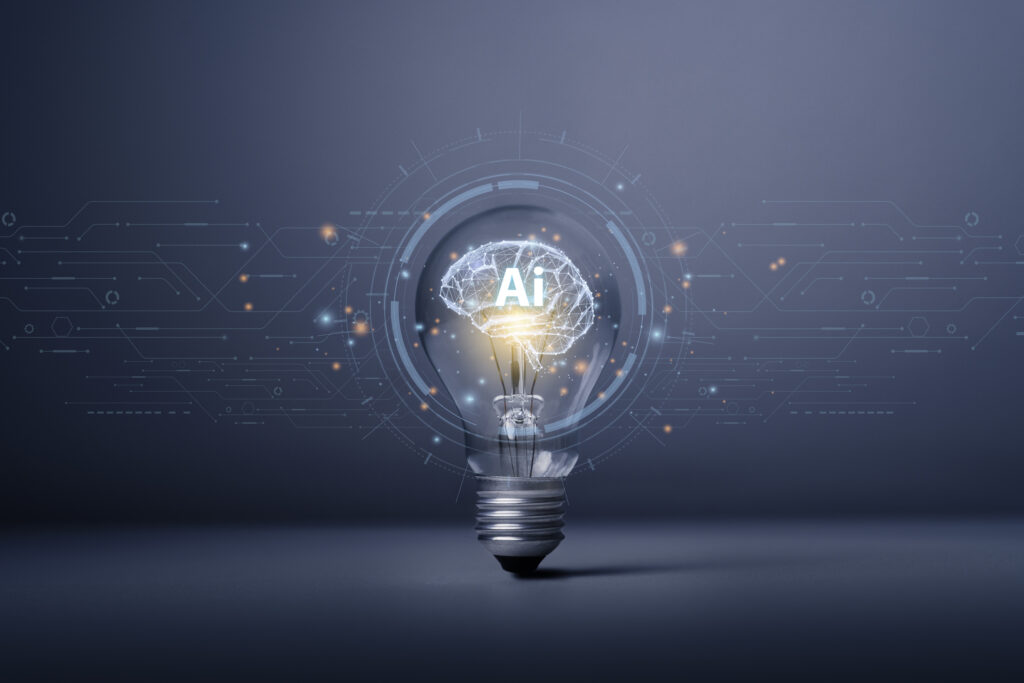AI & Networking: How AI Supports Network Operations
The old adage goes, “The more things change, the more they stay the same.” This cliché, though seemingly trite, is more relevant now than ever. In the past 12 months, perhaps the only thing trending upwards more than Taylor Swift is Generative AI. The rapid rise of Generative AI (Gen AI), exemplified by ChatGPT’s debut, has indeed captured the business world’s attention in unprecedented ways. While it’s easy to draw parallels with other technological revolutions, the impact of Gen AI seems poised to be uniquely transformative.
Unchanging Fundamentals
So, what is going to remain the same in an AI-driven world today? Well, you will still need your network administrators who understand your network and have the skillsets to comprehensively manage them.
Cybersecurity remains critically important, perhaps even more so with the integration of AI systems. The principle of “Zero Trust” is still paramount. You will still have to verify before trusting any privilege request, regardless of whether it’s initiated by a human or an AI system.
The need for robust infrastructure, reliable hardware, and well-designed network architectures doesn’t disappear with AI. Physical security, disaster recovery planning, and compliance with industry regulations all remain crucial aspects of network management that require human oversight and decision-making. Finally, the human element will still dominate in terms of strategic planning, ethical considerations, and stakeholder communication.
It is about Augmentation, not Replacement
AI is not poised to replace human expertise in network management and cybersecurity. Instead, its true potential lies in augmenting the skills, capabilities, and scalability of your existing workforce. This may seem less revolutionary than the idea of AI completely taking over, but the impact of this augmentation should not be underestimated.
While AI can take over granular task decisions, strategic decisions will still lie in the hands of your own leadership. To make those decisions, you need timely and accurate information. Much of this information resides in your IT estate every day. You just don’t have the time to sift through it all. Imagine AI as an information aggregator that collects and summarizes the information for you. Think of it in terms of a daily briefing that you will be presented every day for decision making.
Consider all the mundane tasks your network and security professionals have to do every day. AI isn’t ready to become your cybersecurity administrator, but it is fully capable of writing, modifying and consolidating firewall rules across your network. It isn’t ready to become your sole programmer, but it can generate code snippets, scripts, or in some cases, complete programs for network configurations, management, and monitoring. AI can serve as a mentor to your staff that identifies syntax errors, code inefficiencies, and security vulnerabilities. It can then make corrective suggestions, optimized solutions and generate clear documentation for code maintenance.
AI Requires more Development
Who do you trust 100% without getting additional data? Most likely not many, which is why you should not trust Gen AI to that extent either. According to an article in the New York Times, Chatbots may hallucinate more often then many realize. In January of 2024, Fortune Magazine published an article titled, It’s time to get serious about AI hallucinations. The percentage for such inaccuracies and fabrications is exceedingly low, but it happens in the same way as humans sometimes get their facts wrong occasionally or are biased in their answers. This in no way diminishes the ability nor impact of AI. It simply means today is not the time to hand over the keys. Just as Gen AI can review and improve code written by your team, it’s crucial to have skilled professionals who can scrutinize and validate the AI’s output. These experts play a vital role in ensuring the accuracy, security, and appropriateness of AI-generated solutions.
Replacing Static Thresholds
Let’s take a real-world example of how Gen AI can make an immediate impact on your network. For many years, network monitoring has relied on static thresholds as a signaling device. The challenge is coming up with the appropriate baselines. The diversity of network traffic may change over the course of a day for instance with user activity spiking in the early morning hours as users log on and sync their accounts. Creating a static threshold that is suitable in the morning, may not even register in the afternoon and vice versa.
AI can create and implement dynamic baselines that accommodate the changing dynamics of your network’s behavior throughout the day. In other words, the baseline is customized for the particular circumstance. Dynamic baselines can proactively accommodate for capacity surges, implement traffic shaping or QoS policies or prioritize critical applications at peak times. AI is working for your network operations team 24/7 as it continuously monitors traffic patterns and automates adjustments, leading to more efficient and reliable network operations. To use a couple more clichés, AI can help separate the trees from the forest or find the needle in the haystack when needed.
Conclusion
You still need human talent, and sometimes, you need the guidance of outside human talent that has extensive experience in network operations.
At Evolving Solutions, we combine our extensive experience in network operations with AI integration expertise. Our team can demonstrate how AI can add tangible value to your business today while providing insight into its future potential. We leverage human talent and AI capabilities to optimize your network operations, offering a balanced approach that maximizes both efficiency and innovation.
